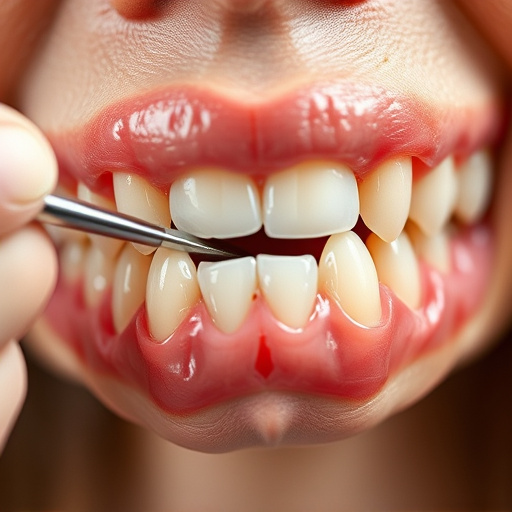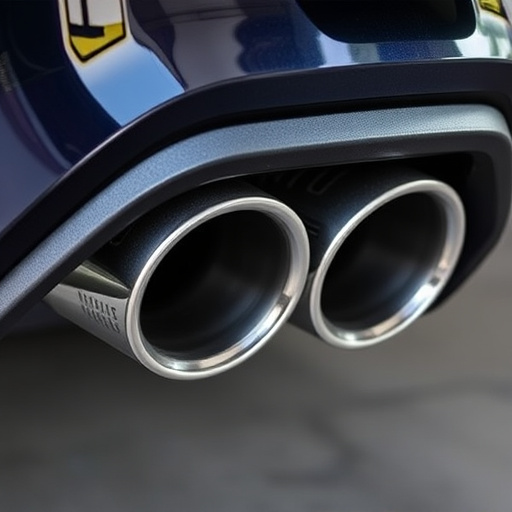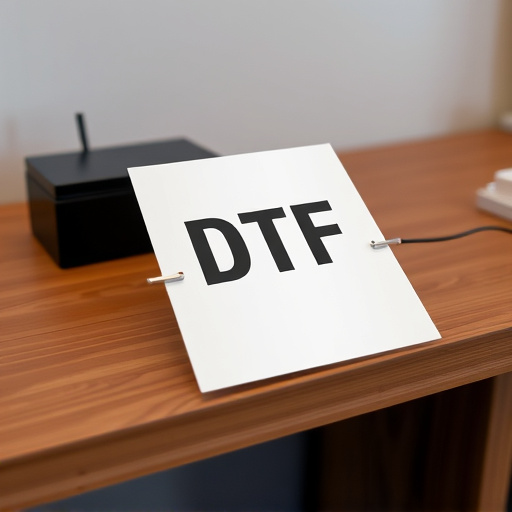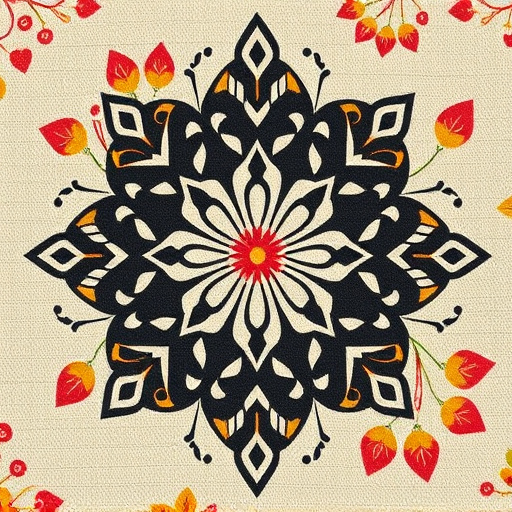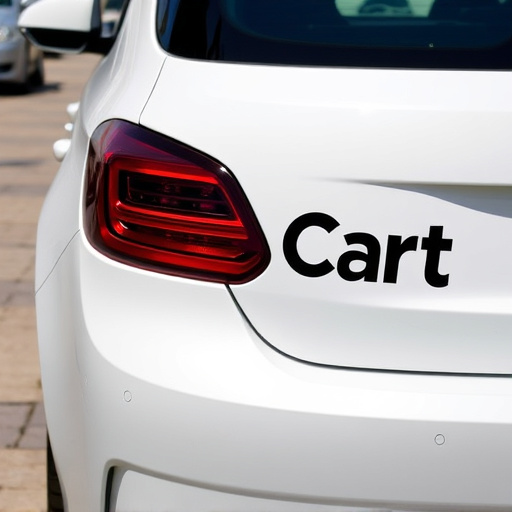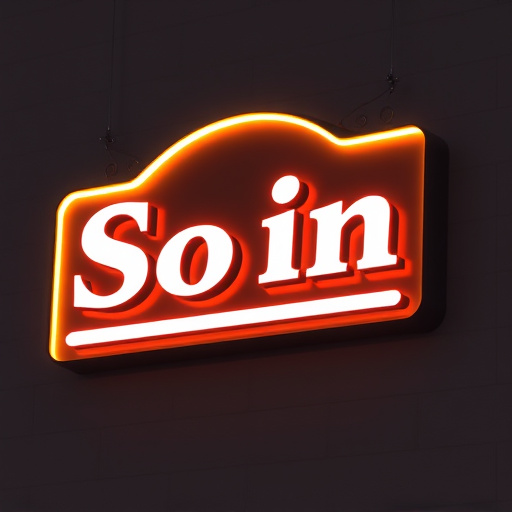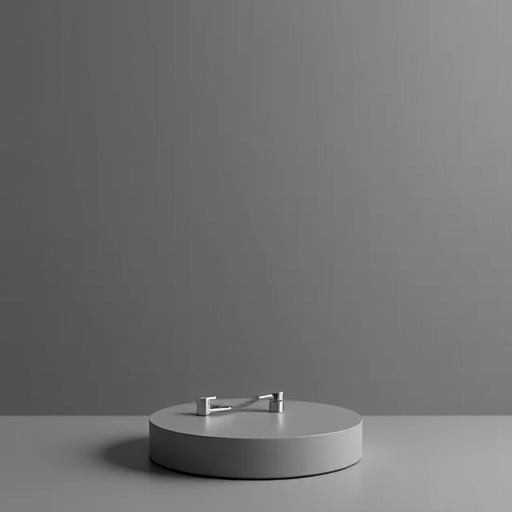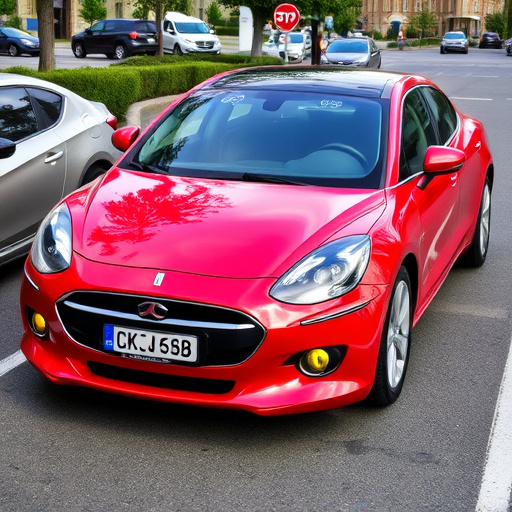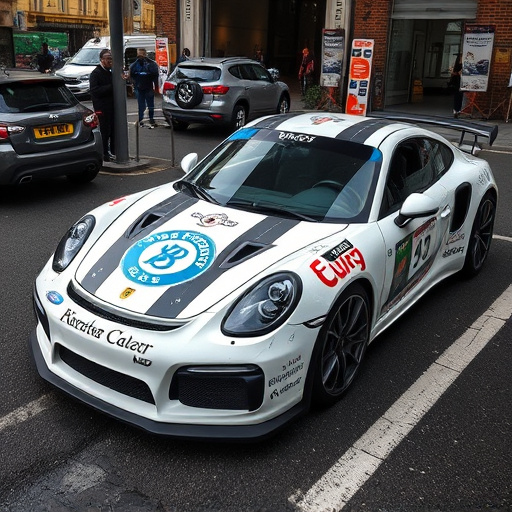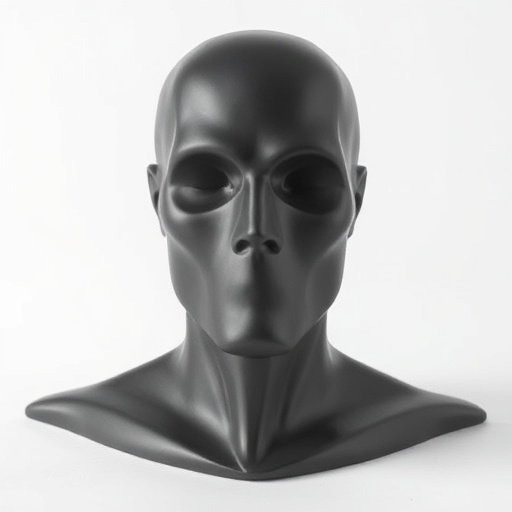The turnaround time for custom design services varies by project complexity and resource availability, with intricate designs taking longer. Efficient management and communication are key to meeting expectations and ensuring client satisfaction. Best practices include clear communication, project tools, task prioritization, quality control, and protecting scratch-prone components in automotive detailing. Extreme turnaround times, like urgent car customizations, highlight specialized teams' adaptability and craftsmanship under tight deadlines, balancing speed with quality.
“In the realm of custom design services, turnaround times are far from one-size-fits-all. This article delves into the intricate factors that shape these timelines, offering a comprehensive guide for professionals and clients alike. From initial consultation to final delivery, we explore best practices to optimize efficiency. Additionally, through real-world case studies, we illuminate extreme scenarios, highlighting both challenges and remarkable achievements in the world of custom design services.”
- Factors Influencing Turnaround Times in Custom Design Services
- Best Practices for Efficient Custom Design Turnarounds
- Case Studies: Exploring Extreme Turnaround Time Scenarios in Custom Design
Factors Influencing Turnaround Times in Custom Design Services
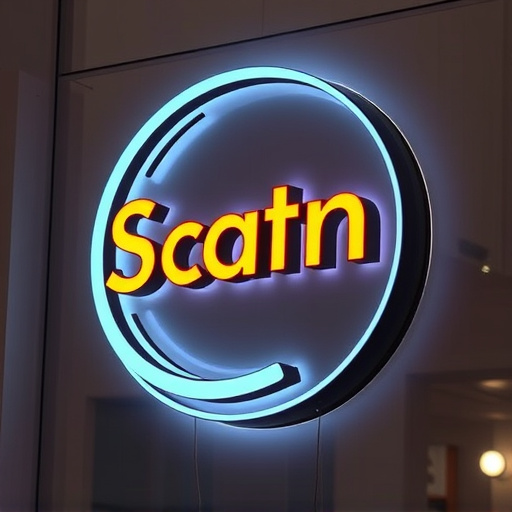
The turnaround time for custom design services varies based on several factors, each playing a crucial role in shaping the overall duration. One of the primary influences is the complexity of the project itself. Intricate designs that involve intricate detailing and unique elements naturally take more time to conceptualize and execute. For instance, a custom paint job, which includes specialized techniques like paint correction and achieving high-quality finishes, often requires additional days or even weeks compared to simpler design modifications.
Additionally, the availability of resources is significant. Busy design studios or individual designers with heavy workloads may experience delays due to limited capacity. Conversely, well-resourced teams or those specializing in specific areas, such as vehicle enhancement, can often deliver faster turnaround times. Efficient project management and clear communication also play a part, ensuring that all parties involved are aligned on expectations and timelines.
Best Practices for Efficient Custom Design Turnarounds
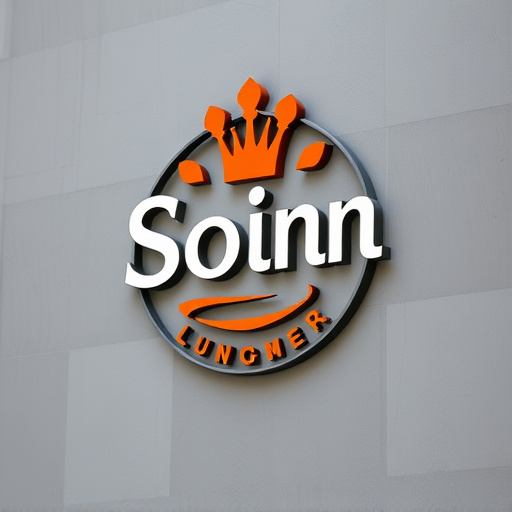
Efficient custom design turnarounds are pivotal for ensuring client satisfaction and maintaining a competitive edge in the market for custom design services. To achieve this, several best practices should be implemented. Firstly, clear communication is key; understanding client expectations and requirements upfront significantly reduces revisions and delays. Utilizing advanced project management tools can also streamline workflows, allowing designers to track progress, set deadlines, and collaborate effectively with clients.
Additionally, prioritizing tasks based on urgency and complexity ensures that critical projects receive immediate attention. Implementing robust quality control measures, such as regular reviews at key milestones, helps catch issues early. For automotive detailing and car customization services, protecting the scratch protection of finished components is essential; employing suitable materials and techniques can prevent damage during the design process, thereby accelerating turnaround times.
Case Studies: Exploring Extreme Turnaround Time Scenarios in Custom Design
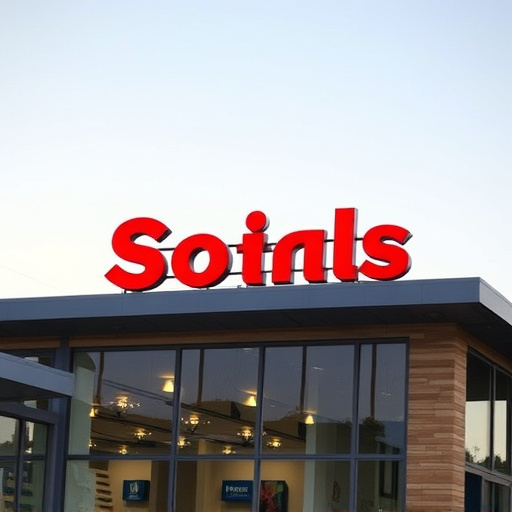
In the realm of custom design services, exploring extreme turnaround time scenarios offers valuable insights into the capabilities and limitations of various providers. Case studies examining rapid turnaround times, such as those required for urgent car customization projects or innovative solutions like ceramic window tinting with heat rejection properties, reveal a lot about the efficiency and quality of service. These studies often highlight how specialized design teams adapt to tight deadlines while maintaining exceptional craftsmanship.
For instance, consider a scenario where a client needs a custom paint job on their vehicle completed within a week. This rapid turnaround demands efficient project management, precise communication, and skilled artisans capable of working swiftly yet meticulously. Similarly, ceramic window tinting services that promise quick installation times must balance speed with ensuring the product’s effectiveness in heat rejection, demonstrating the intricate balance between turnaround time and quality in custom design services.
Custom design services, known for their unique and tailored nature, often come with varying turnaround times due to multiple factors. By understanding these influences and implementing best practices, designers can optimize efficiency without compromising quality. The case studies presented highlight the extremes of turnaround time challenges, offering valuable insights into managing complex projects. Ultimately, effective communication, clear expectations, and strategic resource allocation are key to delivering custom design services promptly, ensuring client satisfaction in today’s competitive market.
